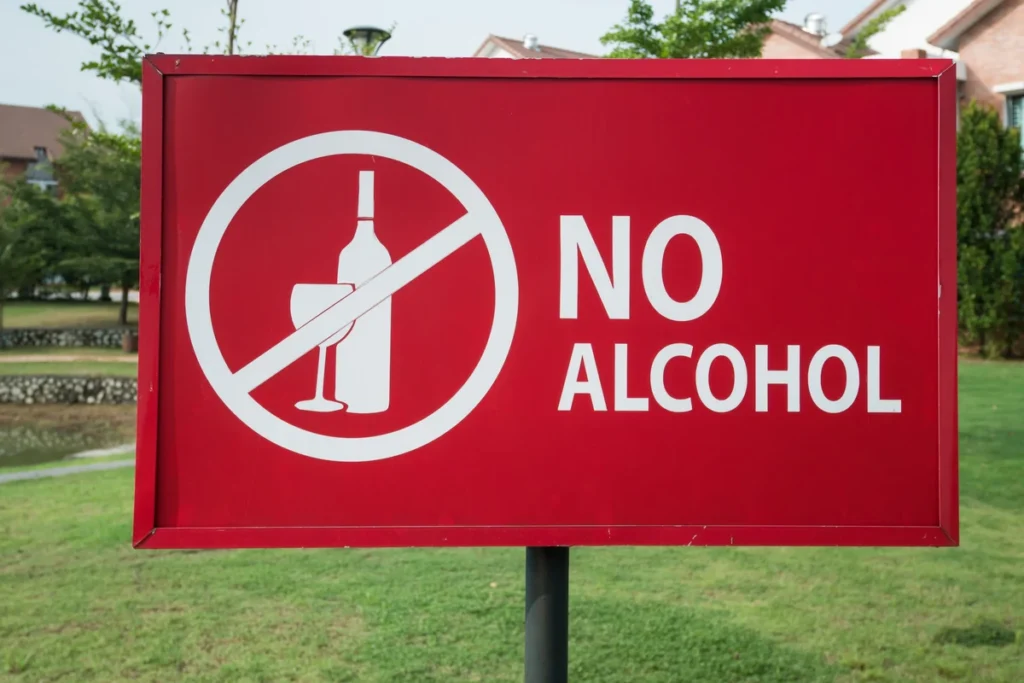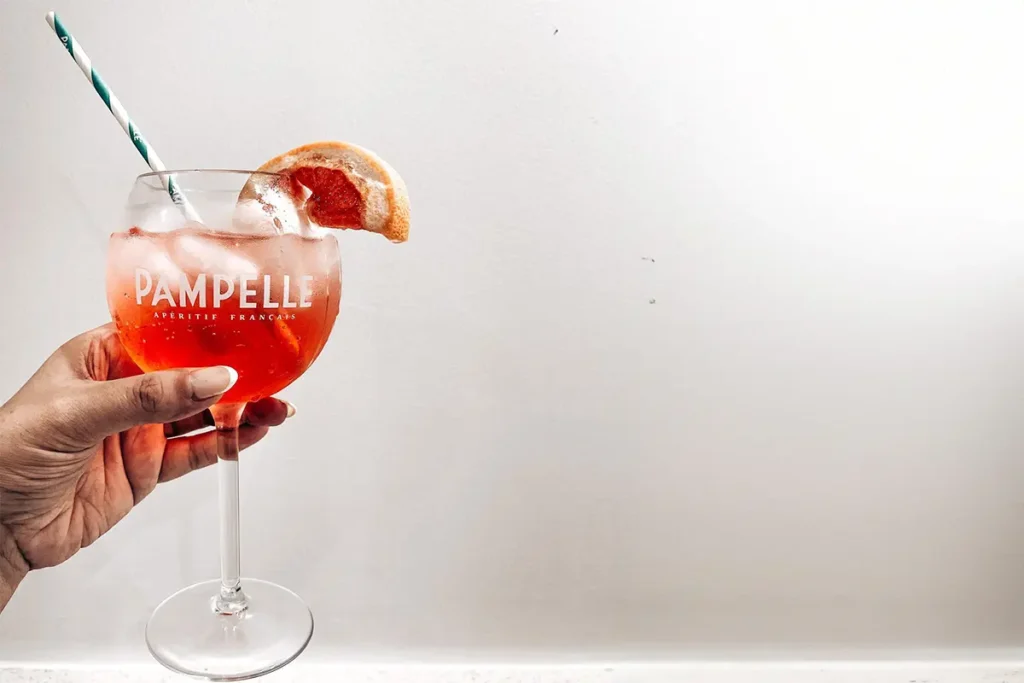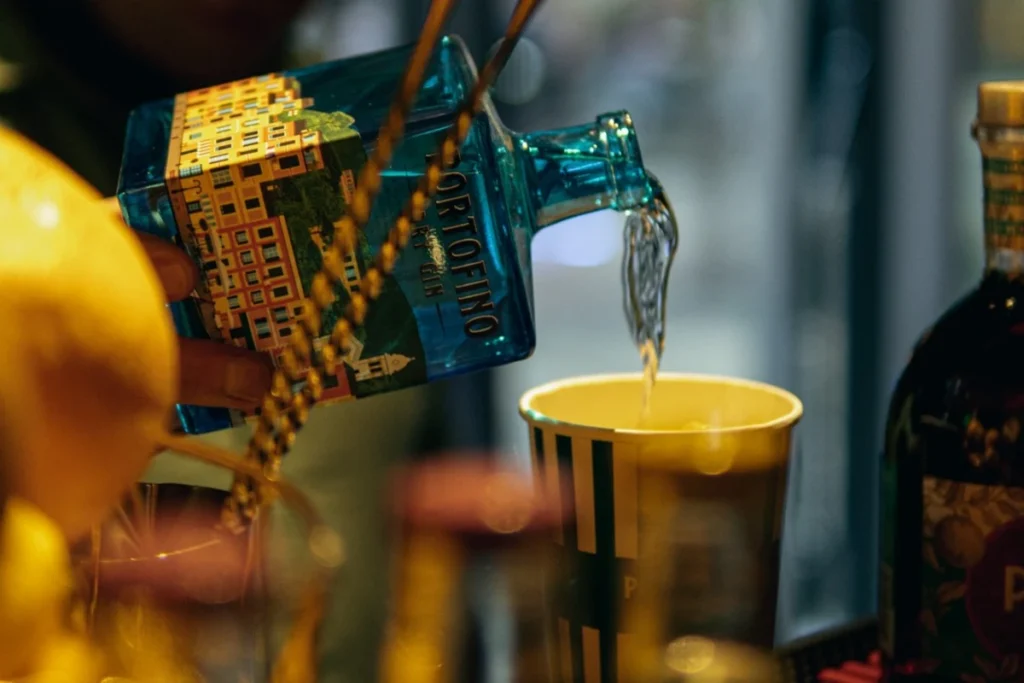The history of drinks dates back to antiquity, when the first civilizations experimented with mixing alcohol and various additives. Already in Egypt or Greece, wine spiced with herbs and honey was drunk, which can be considered a primitive form of cocktails. However, the real development of the art of mixology took place in the 18th century, when they began to combine stronger alcohols, such as rum or gin, with sugar, water and fruit juices.
Officially, the word “cocktail” first appeared in 1806 in the American newspaper The Balance and Columbian Repository, where it was defined as a mixture of strong alcohols, sugar, water and bitters. This paved the way for classic drinks, which are still the foundation of global mixology today.
The first classic drinks and their significance
The 19th century saw the creation of many classic drinks that are still popular today. One of them is the Old Fashioned, considered the first real cocktail in history. It consisted of whiskey, a sugar cube, a few drops of Angostura and a splash of water. Equally popular became the Martini, a mixture of gin and vermouth, made famous by James Bond and American politicians, among others.
Classic drinks were simple but elegant. They were intended to emphasize the quality of the alcohol, instead of masking it. That’s why in those days so much attention was paid to the choice of ingredients, and the culture of drinking drinks itself began to develop in the upper social classes.

Prohibition era – the golden age of cocktails
The 1920s was the time of Prohibition in the US, which paradoxically contributed to the development of the art of creating drinks. Alcohol became illegal, which forced bartenders to get creative – in order to mask the taste of poor quality liquor, they began to experiment with fruit juices, syrups and exotic spices.
During this time, drinks such as Sidecar, Bee’s Knees and Last Word were created, which are still classics of the bartending scene today. It was also the era of the emergence of secret bars – speakeasy – where the best bartenders served the most sophisticated cocktails.
The 50s and 60s – drinks in Hollywood style
After World War II, there was a period of prosperity and a flourishing of bar culture. Cocktails became a symbol of luxury and style, which was perfectly evident in Hollywood. Movie stars often appeared on screen with a Martini or Old Fashioned in hand, which influenced the mass popularity of these drinks.
During this period, more exotic compositions were also created, such as Mai Tai or Pina Colada, which gained recognition among tourists visiting tropical resorts. Drink ceased to be just alcohol – it became a lifestyle element and synonymous with elegance.
The mixology revolution – how did drink recipes change?
In the second half of the 20th century, mixology underwent another evolution. The 1980s were dominated by sweet, colorful drinks like Sex on the Beach and Blue Lagoon, which gained popularity in clubs. But the 1990s saw a return to classics and minimalism – bartenders began to appreciate high-quality alcohol and simpler recipes.
Today mixology is an art at the highest level. More and more bartenders are treating the preparation of drinks as a form of culinary expression, using unusual ingredients such as wood smoke and molecular foams.

Modern drinks – from molecular art to proprietary cocktails
Modern trends in mixology are combining tradition with modern techniques. Molecular cocktails, which use science to create new textures and taste sensations, are popular. Low-alcohol and non-alcoholic drinks have also emerged in response to growing consumer awareness.
Author’s cocktails are another hit – bartenders at the world’s best establishments create their own compositions, relying on local ingredients and unusual flavor combinations. This makes each drink a unique experience.
The most iconic classic drinks you should know
Some classic drinks have stood the test of time and are still a staple of any cocktail card. The history of drinks shows that some recipes do not lose their popularity despite the passage of years. Here are a few of them:
- Negroni – a combination of gin, vermouth and orange bitters, known for its intense, bitter taste.
- Whiskey Sour – blend of whiskey, lemon and sugar syrup, perfectly balanced.
- Daiquiri – a classic drink based on rum, lime and sugar.
- Margarita – tequila, orange liqueur and lime juice, a classic of Mexican bars.
New trends in cocktails – what is the world drinking now?
Contemporary trends in mixology include a return to natural ingredients and local products. Increasingly, bars are featuring drinks based on craft alcohol, as well as cocktails inspired by cuisine, such as those with fermented fruits or spices.
Low-alcohol and non-alcoholic drinks are also gaining popularity, combining rich flavors without going for strong liquors. The world of mixology is changing dynamically, but one thing is certain – classic drinks will always have their place in bars.

Alcohols for drinks – how to choose the best ones?
A good drink starts with the right alcohol. When choosing ingredients for cocktails, it is worth betting on premium products. For example:
- LOUERS® Vodka – perfect for martinis, thanks to its exceptional smoothness.
- Portofino Dry Gin – perfect for a classic Negroni or Gin&Tonic.
- Château de Montifaud cognacs – great for exclusive cognac-based cocktails.
- Casa Don Ramón tequilas – perfect for a Margarita or Paloma.
Classic vs. modern – what to choose?
The history of drinks is a constant evolution – from simple recipes to complex molecular techniques, the world of mixology offers endless opportunities for experimentation. By choosing the right ingredients and following trends, you can discover ever new flavors and sensations.

